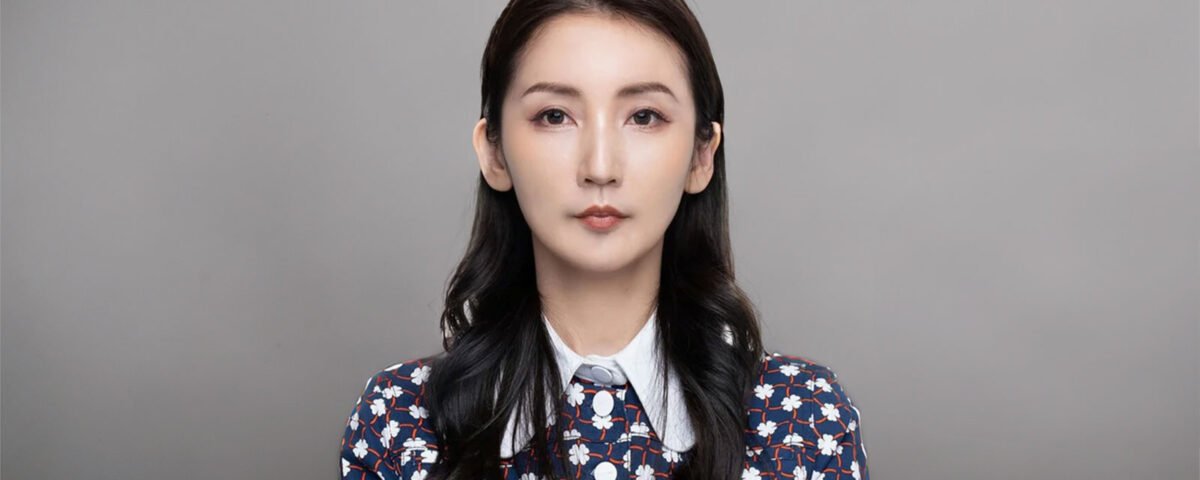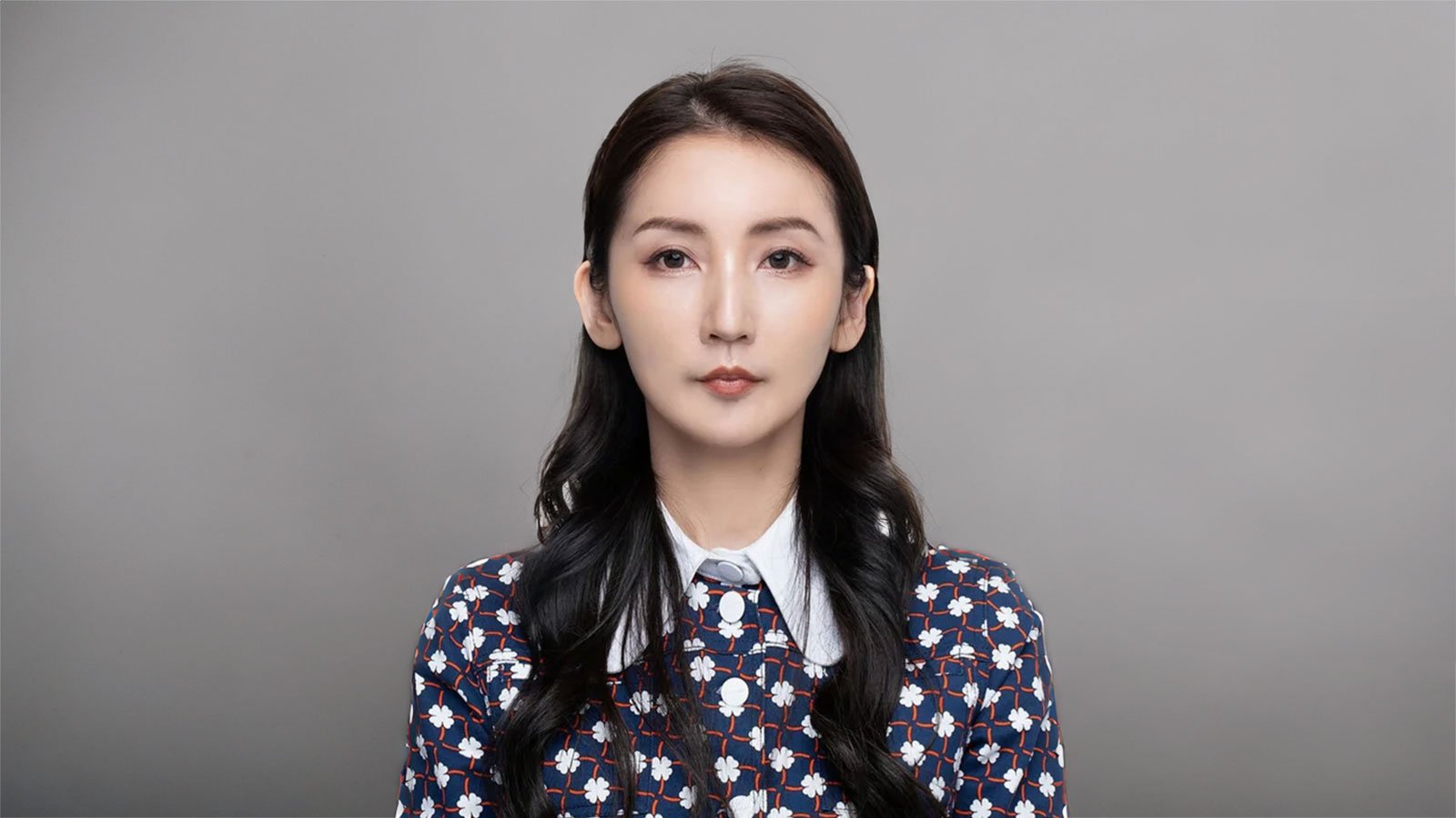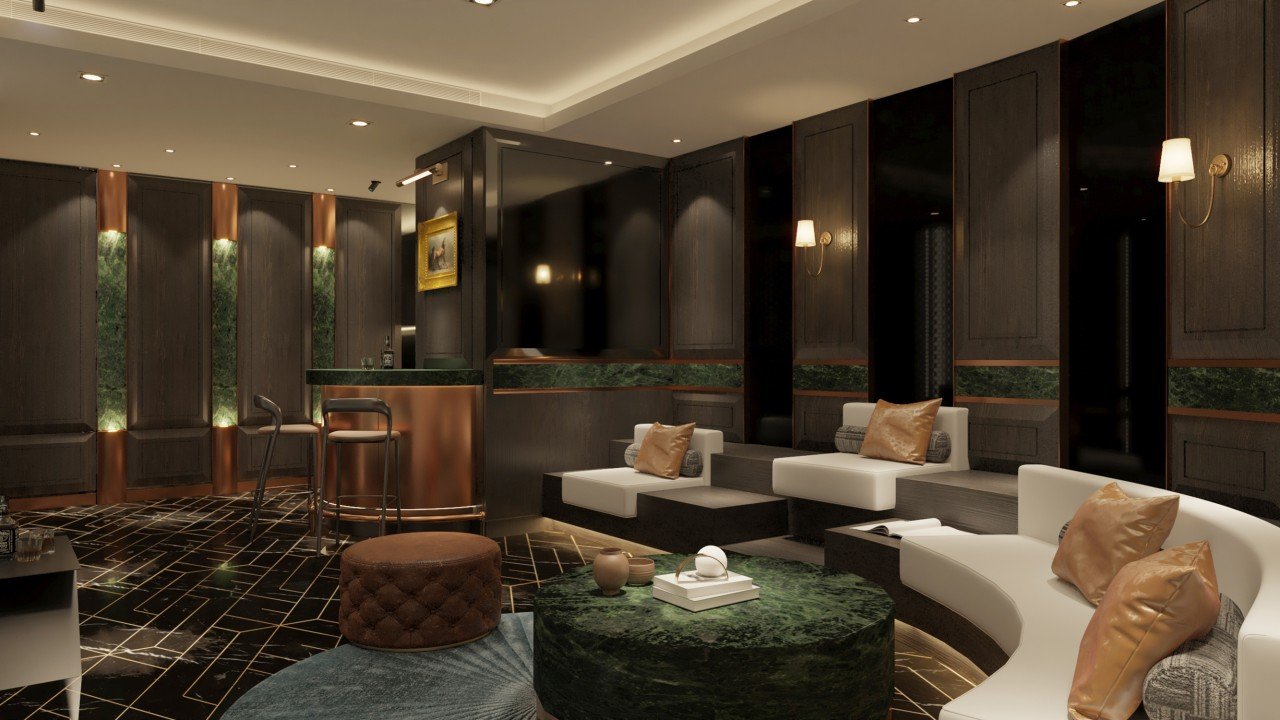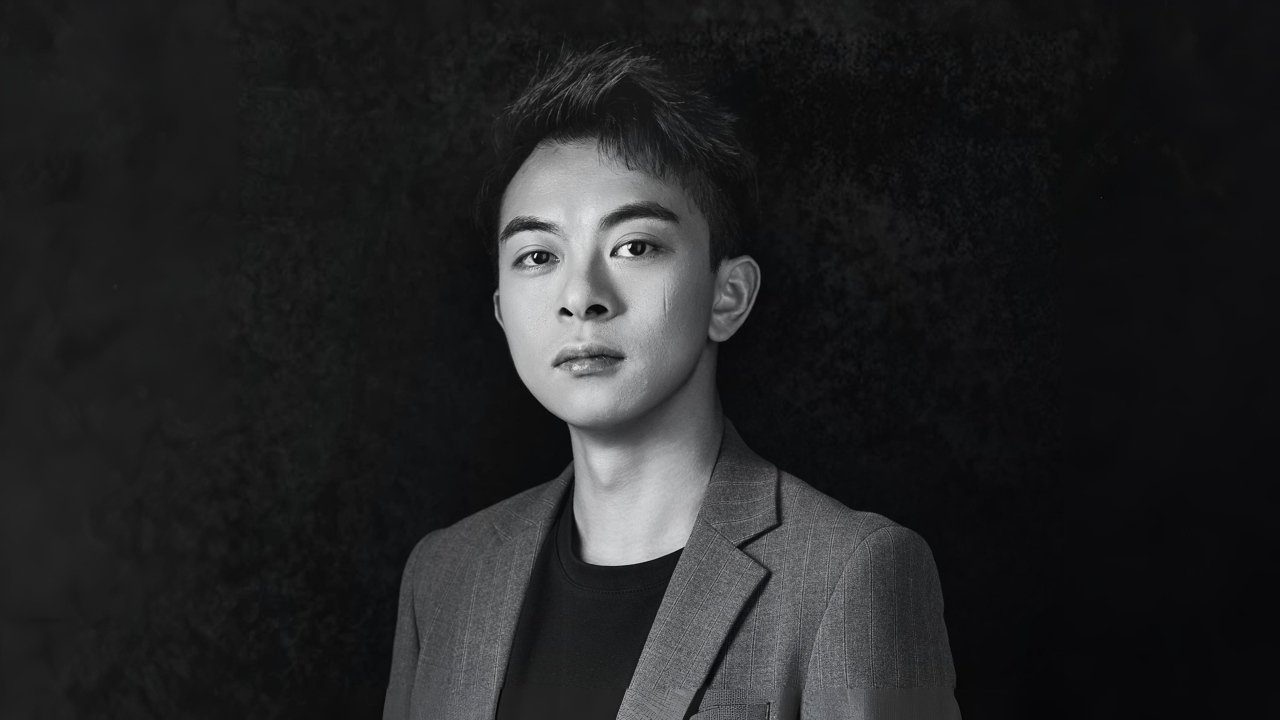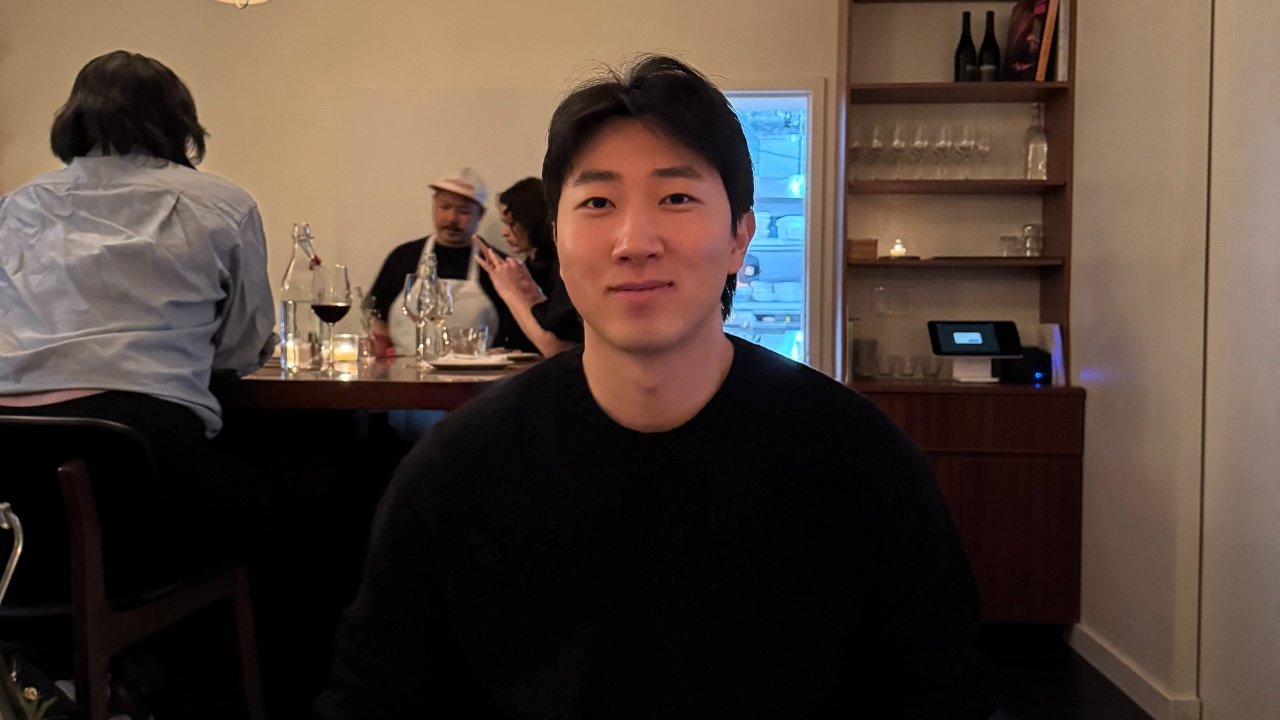
Behind the Philadelphia Ballet Shoe Campaign: A Conversation with Ashlee Hollis
June 26, 2025
Leopitorca Unveils a New Era of Sportswear Crafted by Sisi Tang
June 27, 2025Mei Lin Lai
With a deep respect for precision and process, Mei Lin Lai designs spaces that are grounded in empathy, technical clarity, and quiet restraint. Her projects reflect a commitment to human-centred thinking, where even the smallest details carry emotional weight.
Choosing design as a profession wasn’t a romantic decision at first—it came from a persistent desire to solve problems.
From spatial planning and material coordination to budget management and construction details, design has always been, to me, about integration—not just aesthetics, but a process grounded in professionalism and trust.
In recent years, I’ve placed greater emphasis on the emotional and experiential aspects of space. One of our latest projects—integrating a health screening centre with a hotel—began with a simple question: how can we respond to real human needs? By combining medical care, rest, and emotional ease, we used design to transform a typically cold and clinical process into one that feels humane and comforting.
Being recognised by the London Design Awards is a great honour for both me and my team. More importantly, it serves as a reminder: we’re not just creating beautiful spaces—we're creating environments that can genuinely improve the quality of life.
Being recognised by the London Design Awards is not just an honour for ArtEye Design—it’s a meaningful affirmation from an international perspective.
We have always been committed to exploring how design can truly improve people's lives. Whether it's a residence, a hotel, or an innovative space that integrates wellness and hospitality, our work always begins with human needs.
This award proves that we are on the right path—not merely chasing style or aesthetics, but finding a balance between functionality and emotion, creating spaces that are not only beautiful, but also warm and full of stories.
In our collaborations with international design teams, we've come to deeply understand the global potential of Taiwanese design. Being recognised on this stage validates not only our creative approach and execution, but also our strength in local integration with global thinking.
This is not the end—it's a new beginning. A motivation that pushes us to keep exploring and creating.
This achievement is more than just a name on a trophy—it is a meaningful affirmation of our team’s long-standing dedication to the core values of design.
For my own career, it prompted me to re-examine our position between local execution and international collaboration. It proves that we can translate design language into something feasible, grounded, and actionable.
For the team, it was a deeply unifying experience. We were no longer just “getting the job done,” but truly felt that our professionalism had been recognised on a global stage. Since the award was announced, we’ve received new project inquiries from both domestic and international clients—including luxury residential and boutique hotel design commissions—as well as invitations from design media and industry events.
This made us realise that ArtEye Design is no longer just a regional execution team, but a design brand with real international potential. Most importantly, it gave us the confidence to keep pushing forward—to take on projects that demand not only high-level integration, but also a deep sense of human warmth in their spatial experience. We’re not here to just create beautiful settings—we’re here to design spaces that truly matter.
In the creative process, experimentation is a force that drives our thinking forward. It’s not just about bold stylistic choices, but about challenging the boundaries of materials, construction methods, and even the way users interact with space.
One example was when we designed a space that blended a tea room with a reception area. We deliberately broke the conventional divide between woodwork and metal by embedding brushed titanium panels into a wooden façade, paired with minimalist lighting. The goal wasn’t to show off, but to create a subtle tension between modernity and tranquillity.
This combination was technically demanding, especially in managing thermal expansion, material thickness, and detail alignment. We worked closely with the construction team through multiple rounds of prototyping and adjustments to refine the proportions and edges.
In the end, not only did we achieve the calm, layered visual effect we aimed for, but the client was so inspired by the outcome that they extended this “material transition language” into other areas, turning it into a part of their brand identity.
To me, experimentation doesn't always mean radical breakthroughs. Sometimes, it’s just the courage to make a small shift—yet that shift is what gives a space its soul, rather than letting it become just another imitation.
For me, inspiration often doesn't come from what we traditionally think of as “beautiful.” More often, it hides in the everyday, sometimes even in things that feel slightly off or imperfect.
One of the most unexpected sources of inspiration came from a construction site, where I noticed the unfinished texture of a raw concrete wall. The sunlight was slanting across it, casting shadows over the rough surface—and in that moment, I felt something deeply emotional and honest. It wasn’t perfect, but it was authentic.
I remember thinking, “Isn’t this the emotion of space itself?”
Later, in the master bedroom of a luxury residence, we deliberately preserved part of the unpolished mineral wall finish, paired with minimalist lighting and subdued tones. Surprisingly, it created a calm yet richly layered atmosphere.
That inspiration wasn’t just about >“seeing” something, but about allowing imperfection to become part of the beauty.
The design process is not a sudden burst of inspiration—it’s a continuous journey of decision-making, trade-offs, and communication. A well-designed space is not just about beautiful visuals or well-matched furniture. It involves circulation planning, light control, material selection, construction methods, budget management, and even a deep understanding of the client’s personality and lifestyle.
There are times when we’ll go back and forth with contractors or clients a dozen times, just to perfect a small detail—like the precision of a joint, or the way a single beam of light falls on a wall. These efforts may not be visible in the final photographs, but to us, they are the soul of the space.
Design is not magic. It’s the art of choosing and compromising with intention.
Behind every finished project are a hundred discussions and ten versions that were scrapped and rebuilt—and that’s where the real value of design lies.
I always try to first understand the core needs of the client and then use our professional language to reframe, refine, and elevate those ideas. It’s not about blindly agreeing, nor about stubbornly insisting—it’s about finding a solution that feels right for both sides.
As I often say:
Good design is not “you choose, I draw,” nor is it “I decide, you follow.” It’s about pulling the ideal back into reality, together, and making it even better.
The greatest design challenge in this award-winning project was figuring out how to make the space feel minimalist without being monotonous—refined, but not overdesigned. We employed a series of quiet design languages: continuous surfaces, concealed joints, and low-saturation materials. But the real difficulty was in making it look clean and stay clean over time—not just something that looks good in photos.
Material composition was another key challenge. We intentionally combined titanium-coated metal panels, natural stone, and wood veneer. To make them harmonise in proportion, texture, and warmth required more than aesthetic judgment—it demanded a deep understanding of material limitations, durability, and maintenance.
My way of dealing with it isn’t glamorous. I simply step away, have a cup of tea, walk around a site, or even visit a construction zone. Because a lot of inspiration doesn’t come from sitting at a desk trying to force it.
It often appears in moments when you're not trying—through a play of light, a sound, or the texture of a material that suddenly speaks to you. Another thing I do is revisit my past projects. I look at those instinctive decisions I once made and ask myself, “If I were to do this again today, what would I change?”
That kind of inner dialogue often opens up a new perspective. And sometimes, the most practical tool is just talking with the team. An offhand comment from an assistant or a spontaneous reaction from someone on-site can spark a completely different direction. Design has never been a solitary act—it’s always a conversation in motion.
What I bring most into my design is a sensitivity to human feeling and a deep respect for the essence of space. Over time, I’ve come to realise that this approach naturally aligns with a broader ESG mindset:
Environmental responsibility, Social empathy, and Governance through integrity. In my spatial work, I no longer design purely for appearance. I think about how light enters, how materials breathe, and how the space will sustain itself over time.
This mindset stems from a combination of design instinct and the emotional rhythm I've learned through years of running a practice. From an Environmental (E) perspective, it means reducing impact through mindful material selection, energy-conscious planning, and adaptive design strategies.
From a Social (S) angle, it’s about designing for people—creating spaces that support well-being, emotional comfort, and inclusivity. And on the Governance (G) side, it's about being transparent, collaborative, and accountable across all project stakeholders—from client to contractor to supplier.
To me, great design isn’t just about style. It’s about finding a lasting balance between beauty, empathy, and sustainability.
AI, algorithms, rapid modelling, and real-time rendering—these tools are becoming more powerful by the day. In the near future, it may take nothing more than a few keywords to generate visual and spatial concepts.
But this also means that the designers who truly matter are no longer just those who can draw. They are the ones who can integrate technology, empathy, context, and decision-making.
I always encourage young designers to observe more and ask better questions. Not just “Does this look good?” but “Why was this arranged this way?” and “Is there a better solution?”
Because what you're designing is not just the space itself, but the needs, emotions, and habits behind every user who moves through it. The future of design will be faster and more digital, but it will also need to be more human. As AI gets better at drawing, you need to get better at understanding people.
If I could collaborate with any designer, it would be I. M. Pei.
Not only because he represents one of the most iconic figures in modern Chinese architecture, but because I deeply admire how he achieved a rare and refined balance between Eastern philosophy and modern architectural form.
His spaces are composed with clean lines and architectural clarity, yet they always carry a sense of stillness, restraint, order, and light. It’s never about showing off technical brilliance—it's about expressing depth through discipline.
In my own approach to spatial design, I value similar things: the airiness of a space, the movement of light, the warmth of materials, and the proportions that allow people to feel calm and grounded. Pei’s work taught me that restraint can be more powerful than complexity—that silence and simplicity can carry more emotional weight than excess.
If I had the chance to work with him, I would love to contribute to a project grounded in his pure architectural language, and from there, extend it into a tailored interior vocabulary shaped by our own hands.
To me, a project where structure, function, and detail are fully aligned—that’s the kind of space I strive to create.
I wish more people would ask me:
“What do you most want someone to feel in this space?”
We’re often asked things like:
• What style did you use?
• What materials is this made of?
• How was this constructed?
And while all of that matters, what I truly care about is something else:
• When you walk in, does the air feel calm?
• Is the light just right?
• Can you quietly breathe and feel at ease?
The kind of design I care about isn’t just meant to be seen—It’s meant to be felt. I want people to feel safe in the spaces I design. To feel held, understood, and gently invited in. And maybe—just maybe—in some quiet corner, they pause and think:
“This place… almost feels like it was made for me.” That kind of experience isn’t easy to define. But it stays with people. And that lingering feeling—the one that lives on in memory without words—That’s the real answer I hope every space can offer.
Winning Entry
Graceful Serenity | 2025 London Design Awards
This project centers on the meticulous planning of public spaces within a residential building located in the prestigious area of Taipei. Specifically, the design encompasses a multifunctional lounge situated on the first floor above ground, as well as a basement level dedicated to additional amenities... (read more here)
Explore more design insights in Global Roots, Everyday Design: A Dialogue with Songwon Kim & Sanghwan Lee here.

